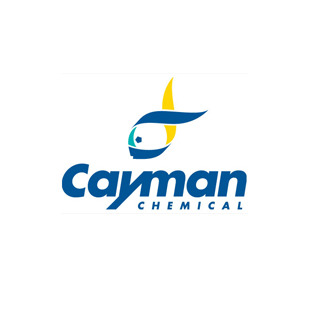
 Products
Products  Hsf1 Monoclonal Antibody (Clone 10H8)
Hsf1 Monoclonal Antibody (Clone 10H8)

| Catalogue number: | 10011433 |
| Hosts: | Rat |
| Applications: | Immunocytochemistry, Immunoprecipitation, Western Blot |
| Weight: | 95 |
| Form: | 100 microg |
| Antigen: | purified recombinant Hsf1 protein |
| P type: | Antibodies|Heat Shock Protein |
| Isotype: | IgG1 |
| Shipping temp: | -20 |
| Storage temp: | -20 |
| Additional info: | Heat shock factor 1 (Hsf1) belongs to a family of heat shock transcription factors that activate the transcription of genes encoding products required for protein folding, processing, targeting, degradation, and function. The up-regulation of Hsp expression by stressors is achieved at the level of transcription through a heat shock element (HSE) and a transcription factor. Most Hsfs have highly conserved amino acid sequences. On all Hsfs there is a DNA binding domain at the N-terminus. Hydrophobic repeats located adjacent to this binding domain are essential for the formation of active trimers. Towards the C-terminal region another short hydrophobic repeat exists and is thought to be necessary for suppression of trimerization. There are two main Hsfs, 1 and 2. Murine Hsf1 exists as two isoforms, however in higher eukaryotes Hsf1 is found in a diffuse cytoplasmic and nuclear distribution in unstressed cells. Once exposed to a multitude of stressors, it localizes to discrete nuclear granules within seconds. As it recovers from stress, Hsf1 dissipates from these granules to a diffuse nucleoplasmic distribution. Hsf2 on the other hand is similar to murine Hsf1, as it exists as two isoforms, the .alpha. form being more transcriptionally active than the smaller .beta. form. Various experiments have suggested that Hsf2 may have roles in differentiation and development. |